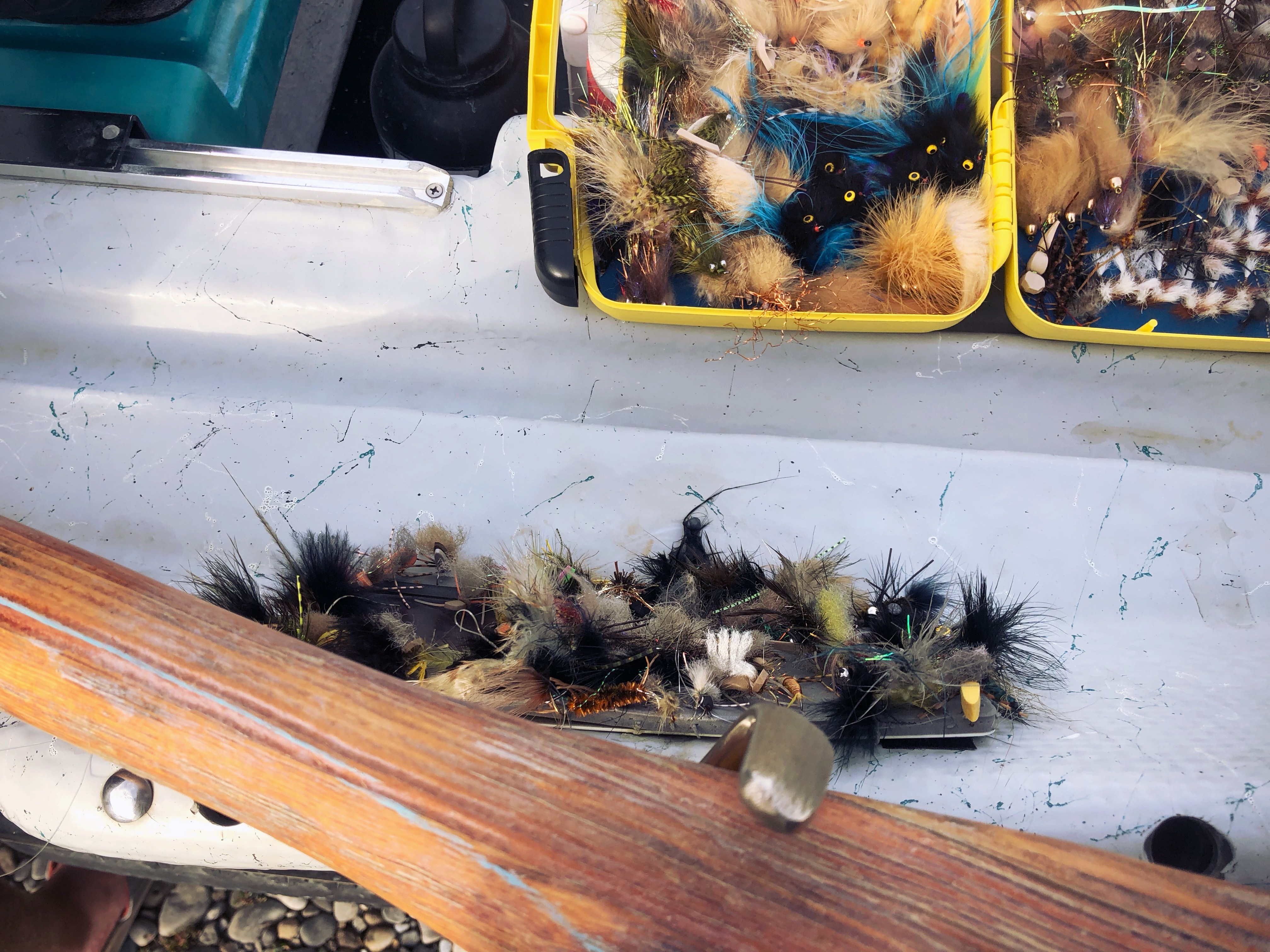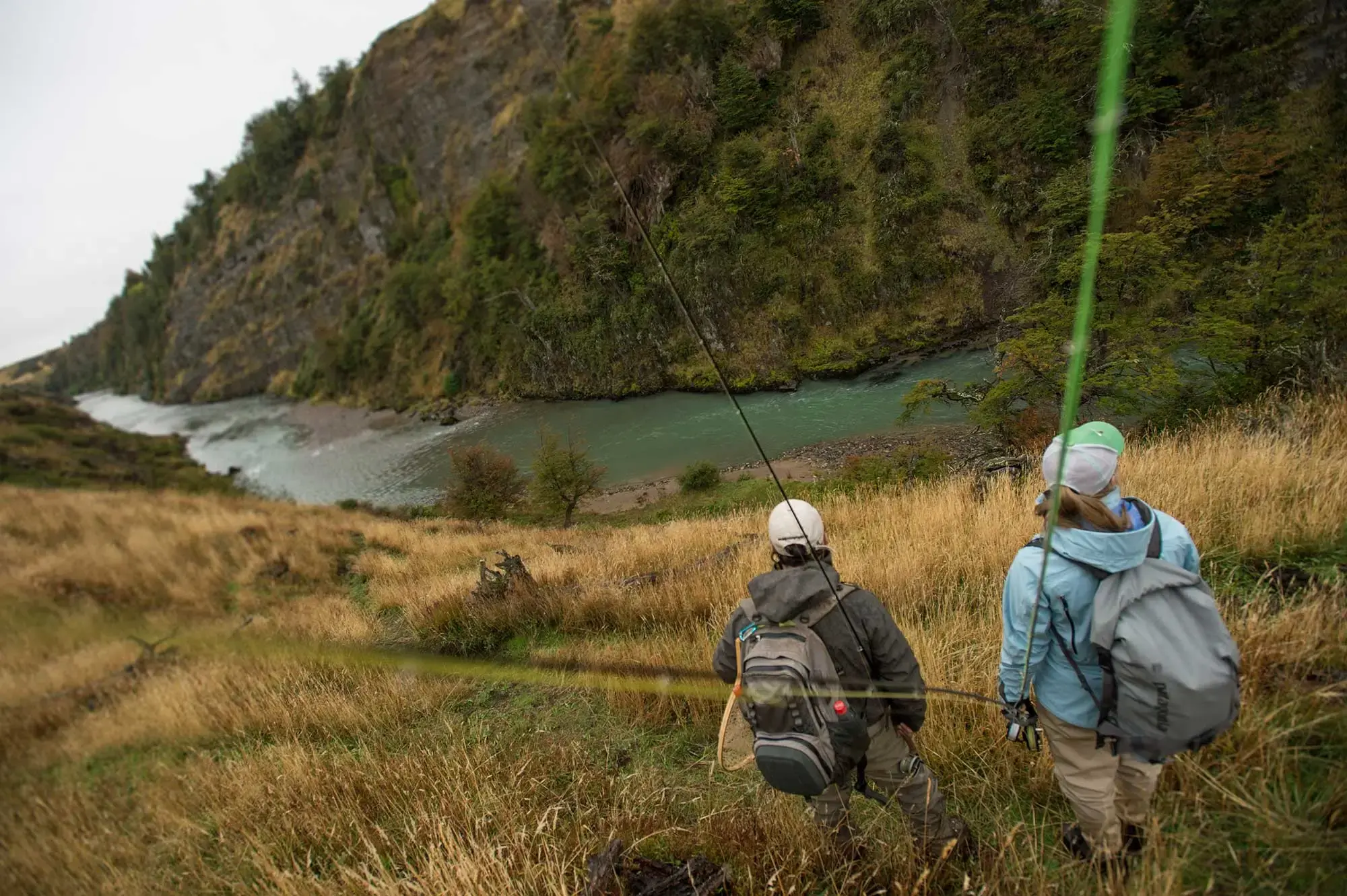If You Aren’t Casting, Are You Really Fly Fishing?

If You Aren’t Casting, Are You Really Fly Fishing?
Ask the fly-reluctant what prevents them from fly fishing, and it usually boils down to three things: tricky knots, the challenge of picking flies and casting. And of these three, the cast is usually barrier number one.
I used to think the focus on casting was misplaced. It upset me that people made a cottage industry out of explaining the technicalities of a fly cast. Being “certified” to teach casting seemed like a bunch of hooey. Those were entry point barriers to the sport, and we didn’t need any more. After all, there was no such thing as a “perfect cast” in my mind, only casts that catch fish, and casts that do not.
But I’ve mellowed on all that, and in some regards, have experienced a wholesale change of heart with regard to casting. Two factors influenced that.
First, I visited The Golden Gate Angling & Casting Club in San Francisco. This place is to fly casting what Cooperstown is to baseball. It’s the cradle of casting. Originally completed as a Civilian Conservation Corps project during the Great Depression in the 1930s, GGACC has had an immeasurable impact on casting, and fly fishing, around the world. Whether you realize it or not, many of the rods you fish with today have ancestral roots leading back to GGACC, and many of the casting techniques anglers employ were developed, or at least honed, in these concrete pools.
And it attracts people from all walks of life. If we really want to make fly-fishing more accessible, younger and more diverse, especially in urban areas, I think we should follow the proven examples from Golden Gate Park, or Pasadena, California, or Central Park in New York City. Put casting in more cities, and more anglers will emerge.
Casting isn’t a “barrier.” It’s the gateway.
The second reason for my change of heart is that a generation or so ago, the fly-fishing industry decided that to keep participation levels steady and ensure the future of the sport, they had to make it less intimidating, and that led to devising methods with which people could catch fish (trout, specifically) without having to mess with all the challenging casting stuff.
That may have been well-intended, but it developed an expectation of instant gratification. And thereby, a different cottage industry of catering to the folks who do not know how to cast, and do not care to learn, but still want to catch “50 fish in a day” was born. That mentality continues to hammer resources and certain rivers today.
You’re a snob if you criticize the fluorescent, plastic bobber, of course, and there is yet another cottage industry dedicated to describing the three-dimensional intricacies of fly fishing with methods where you don’t really have to cast. I actually find Euro nymphing to be pretty interesting, and it’s not at all simple. But it’s essentially like using a Carolina rig in a trout river.
I think there’s a reason why so many fly-fishing aficionados gravitate toward the salt. It’s because you must be able to cast to catch fish in the ocean.
So, are you really fly fishing if you aren’t making fly casts? This question is an open debate, but I personally don’t feel like I’m fly fishing if I’m not casting.
The tug is the drug, but the cast is a blast…
.svg)








